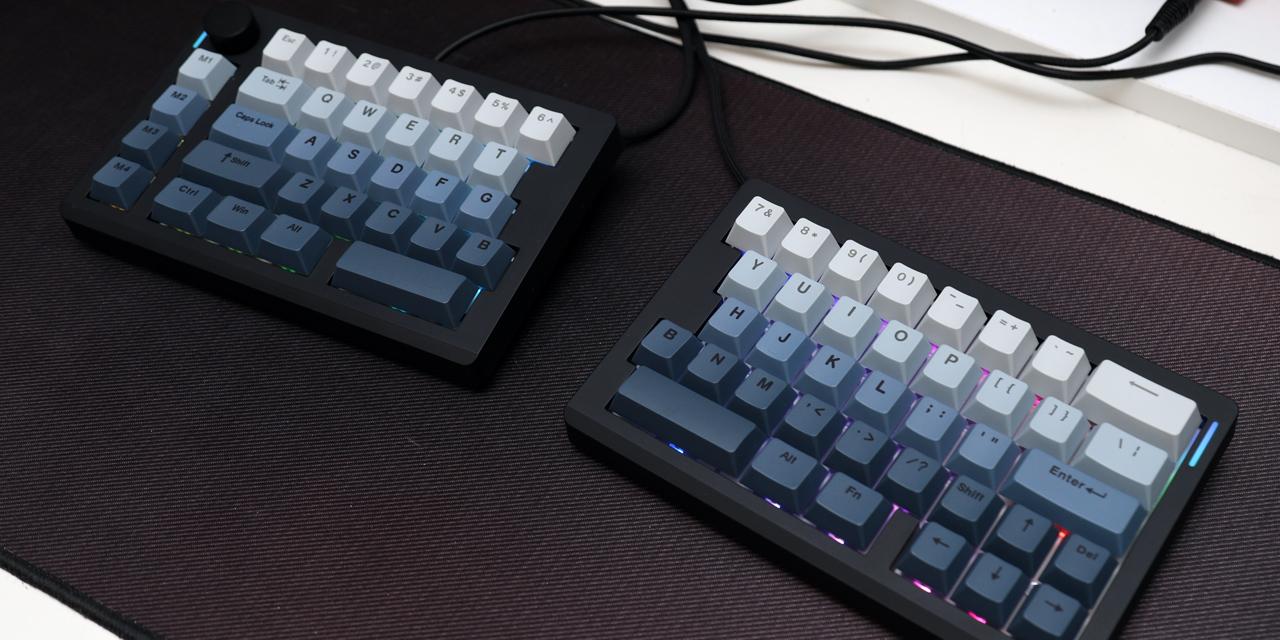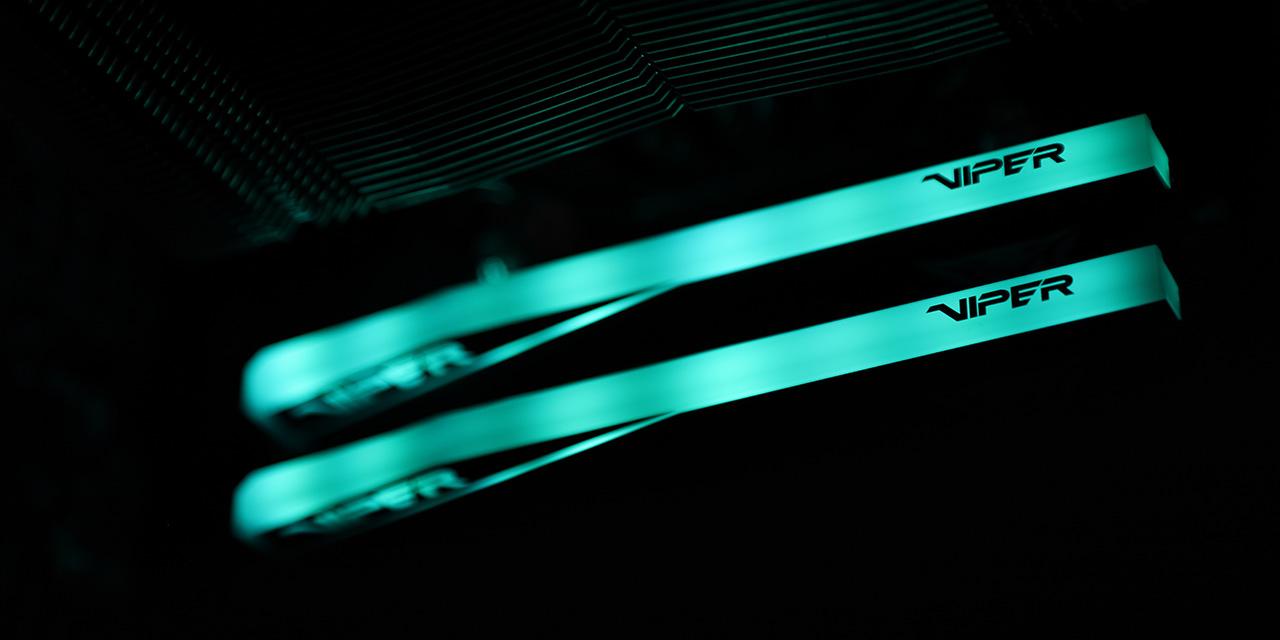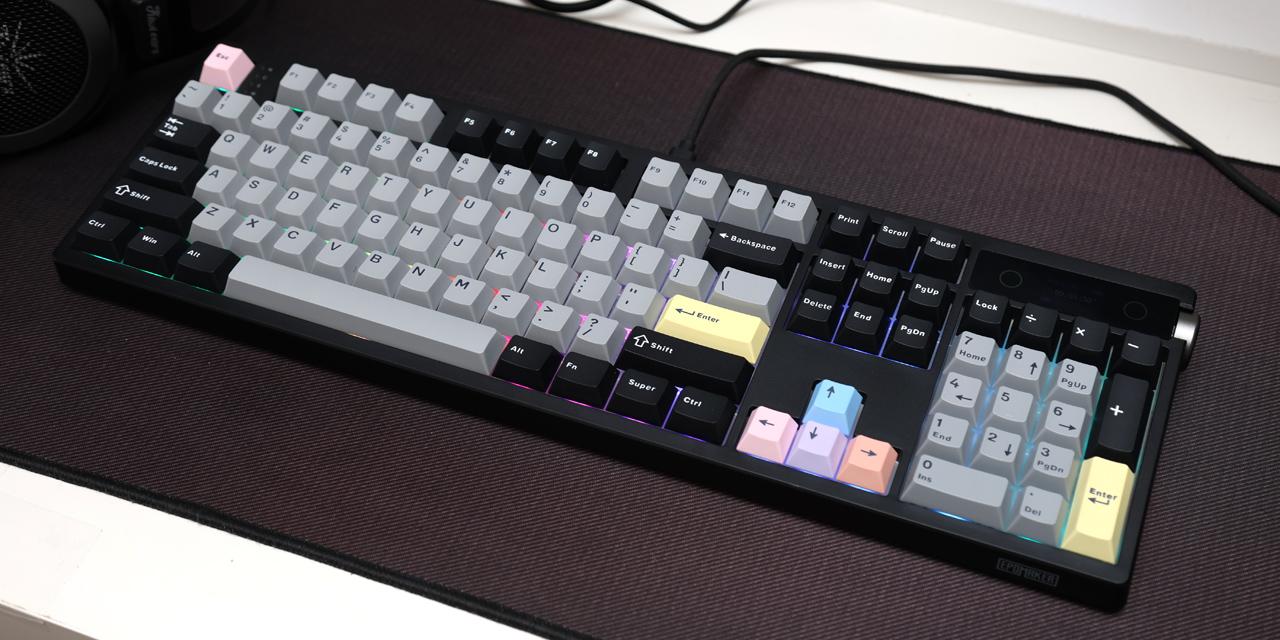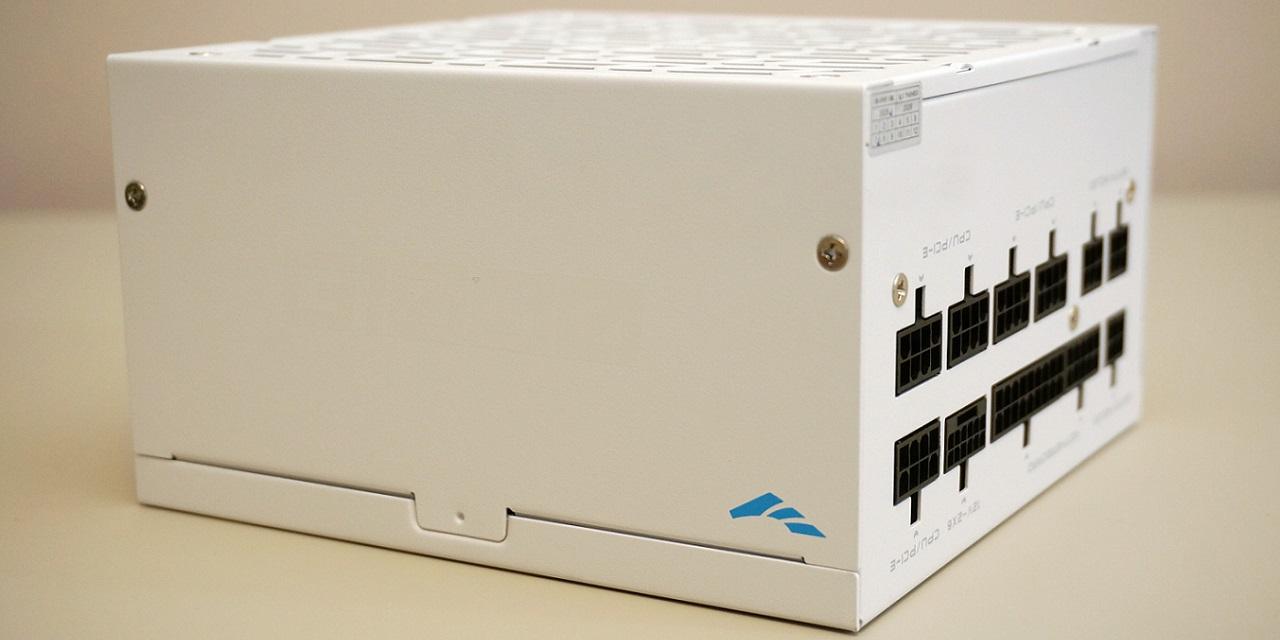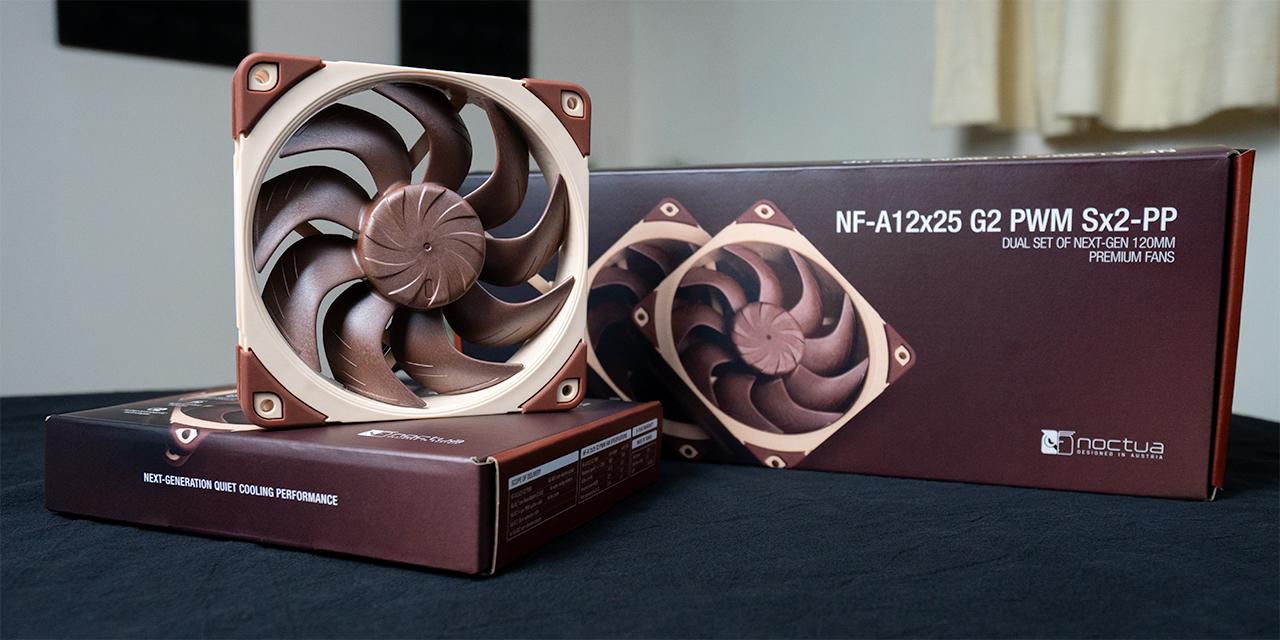Page 3 - Physical Look - Inside
As always, we opened up our SAMA P1200 1200W power supply to take a detailed look at what is going on inside. Please note that doing this at home may void your 10-year warranty, thanks to the warranty seal SAMA applied over one of the edges. However, this one is easy to get around. Either way, for the benefit of you, we cracked ours open, so you do not need to. There are no user serviceable parts inside.
Disassembling the SAMA P1200 1200W was straightforward with the removal of four Philips head screws. Taking out the internal components from the enclosure requires the removal of seven more. Our photo above shows an overhead view of its internal components. RSY is the OEM. The P1200 1200W is built on the same platform as the 850W and 1000W models. It features an LLC full bridge topology with DC-to-DC converters. At first glance, the build quality appears to be pretty good. There are four main heatsinks inside. The biggest one is painted black, located on the primary side. Additionally, there are four smaller sized heatsinks in its original aluminum finish, with two on the primary side and two on the secondary side.
Pulling the enclosure apart, and we got straight to the internal inspection. The transient filter stage is the first input stage of a computer power supply, so we will take a look at that first. The SAMA P1200 1200W has one metal oxide varistor, two metalized polyester X-capacitors, four ceramic Y-capacitors, and two ferrite coils. This is two times the amount of X and Y capacitors than recommended.
The active PFC circuit featured on the SAMA P1200 1200W uses two bridge rectifiers on the black heatsink closest to the transient filter stage. Unfortunately, I was unable to identify their brand and part number, as there were no discernible markings on that particular side of one chip, and the second chip is clipped between the heatsink, rendering it not visible from either side.
Further down the line, on both sides of the largest heatsink, we can three Wayon WML28N60C4 power transistors. Each is certified for up to 13A at 100c. These transistors present a maximum resistance of 160 mΩ and typical resistance of 130 mΩ at 25c when turned on according to the manufacturer's data sheet. This on characteristic is called Static Drain-Source On-Resistance, or commonly abbreviated as RDS(on). The more efficient the component is, the lower the RDS(on) value, since it wastes less power with lower resistance.
One Maplesemi MSP06065G1 boost diode is on the inside of the same heatsink. Four Infineon IPA60R125P6 MOFSETs, located on the two silver heatsinks next to the bulk capacitors, are used as the main switchers on the P1200 1200W power supply. Each is certified for up to 19A at 100c, maximum resistance of 125 mΩ, and typical resistance of 113 mΩ at 25c.
On the primary side, we can see two Japanese brand Rubycon capacitors. 100% Japanese brand electrolytic capacitors are specified in the marketing material, so this is to be expected. Our 1200W version of SAMA's P-series power supply incorporates two capacitors, both 470µF x 420V, in parallel for a total of 940µF capacitance. They are rated at 105c, whereas more value-oriented power supplies usually use 85c rated capacitors.
On the secondary side, we can see more Rubycon capacitors rated at 105c. There are also some Unicon capacitors, which are also Japanese brand capacitors, although not common in power supplies. All rectifiers produce the +12V out, while the +5V and +3.3V outputs are generated from the +12V output using a DC-to-DC converter within as with modern high efficiency power supplies. Four Huayi HYG020N04 power MOSFETs are responsible for generating the +12V output, with four on each of the two silver heatsinks between the transformer and rear modular cable sockets board. The HYG020N04's rated continuous drain current is 154A at 100c. It has an RDS(on) value of 2.3 mΩ maximum and 1.8 mΩ typical at 10V, 25c.
Four Infineon BSC0906NS MOSFETs are responsible for generating the +5V and +3.3V outputs, located on an add-in board behind the rear modular cable sockets board. The BSC0906NS's rated continuous drain current is 40A at 100c. It has an RDS(on) value of 4.5 mΩ maximum and 3.8 mΩ typical. On the same PCB, we can find two ANPEC APW7160A chips, which are the PWM switching controllers. Close by is an ABLIC IN1S3131-SAG supervisor IC.
For the +5VSB circuit, there is an Pingwei PS10U60S Schottky barrier rectifier and First Semiconductor FIR4N70L standby PWM controller. The datasheets for all components mentioned in this review can be found on their respective manufacturer's websites.
At the very back, we have a large daughterboard covering the entire rear panel for the modular cable sockets. All connection points are soldered directly to the add-on PCB after the secondary stage to reduce power transmission loss compared to having wires. The output connector configuration can be seen on the previous page.
Overall, the internal build quality of SAMA P1200 1200W is pretty good. Components are arranged very well for optimal cooling with practically no wires running around inside, and solder points on its black PCB is quite clean in general. I would say the SAMA P1200 1200W is mixed with regards to the selection of components used under the hood. Capacitors are top notch, and we also find Infineon MOSFETs in multiple locations. However, the Chinese brand ICs are relatively unknown in terms of performance and longevity.
Lastly, we see a 140mm fan that provides cooling to the SAMA P1200 1200W's internal components. It is connected to the controller using a 2-pin connector. A 140mm fan is the largest you can fit in an ATX power supply, and it is beneficial in most cases in providing lots of airflow at lower speeds for quiet operation.
The fan is a Globe Fan S1402512HH, as shown in our photo above. The S1402512HH is a fluid dynamic bearing fan specified at 0.50A for a maximum of speed of 1800 RPM. Other specifications include 36.7 dBA noise level, 135.74 CFM airflow, and 3.01 mmH2O air pressure. The fan is not supposed to activate until the PSU is loaded up to approximately 720W or 55c, whichever comes first. As such, it should remain off for the most part, and even when it is on, the fan speed will vary with load. Fans with fluid dynamic bearings generally have much longer lifespans compared to sleeve bearing fans, and are quite suitable for this application.
Page Index
1. Introduction, Packaging, Specifications
2. Physical Look - Outside
3. Physical Look - Inside
4. Minor Tests and Conclusion
